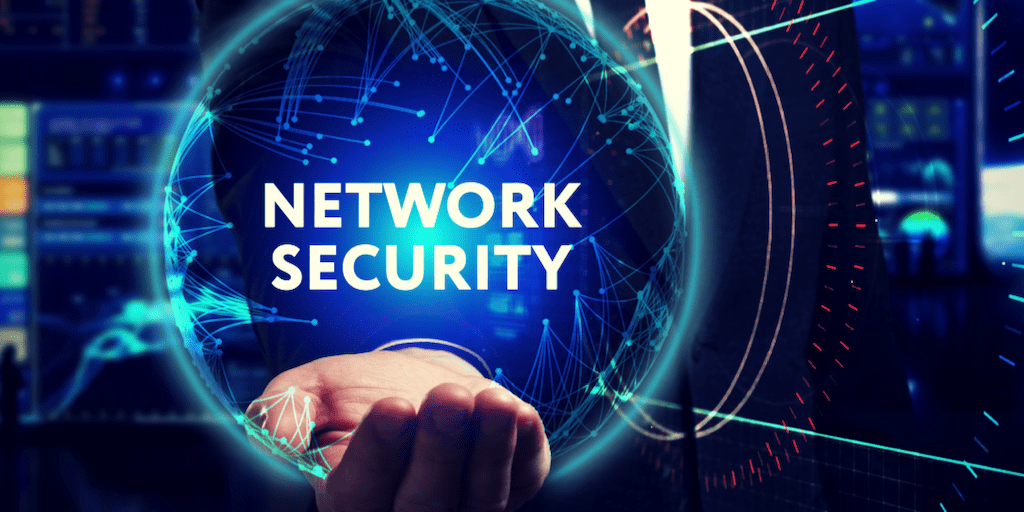With a colossal surge in cyber-attacks and high reliance on technology in this digital age, ensuring the security of data and information have become a daunting task. Cyber threats are accelerating significantly even faster than the enhancements businesses are making. Computer networks have become bigger and their interconnectivity using a Wide Area Network (WAN) is worldwide due to globalization. It is hard for current IT security solutions to prevent cyber-attacks. According to Symantec’s 2019 Internet Security Threat Report (Volume 24), Formjacking attacks compromised 4800+ websites almost every month. Supply chain attacks also increased by 78% in 2018. Furthermore, more than 70 million records were also leaked or stolen due to poor configuration of S3 buckets.
What is Network Security?
SANS institute defines Network Security as the preventative measures taken to safeguard network infrastructure from unauthorized access, modification, malfunction, misuse, improper disclosure or destruction of data.
Why Network Security is Needed?
There is a significant need for network security in a computing environment to protect data and information from unauthorized users. There are three key components of any network security that must be in place. These are Confidentiality, Integrity, and Availability, also known as CIA triad. Confidentiality ensures that the data is not intercepted by hackers when it is being transmitted on a network. Integrity makes sure that data is not changed, damaged, or manipulated during the transmission over a network. Availability is also a security service that ensures that the systems and devices are available only to authorized parties.
What are the Significant Network Security Attributes?
There are a lot of practices that must be applied by organizations in order to prevent attacks on a network. The following sections elaborate on these practices in details.
- Network Security Policy: Network security policy is a written document that stipulates the access privileges and limitation of authorized users. This essential document also describes the network security measures that should be taken periodically. For example, the occasional carrying out of risk assessment tests and disaster recovery plans.
- Password Policy: The password policy emphasizes that the password should not be very simple and associated with a user’s name and his/her birth specification. Instead, it should be strong enough to thwart password attacks such as Dictionary attacks, Rainbow Tables, or Brute-force attacks. A strong password should consist of at least 8 characters that involve upper and lower case letters, special characters, and numbers. In addition, employees should be obligatory to change passwords every three months or 90 days.
- Using a Multilayer Security: Multilayer security is the act of securing the network with a combination of multiple security tools such as the deployment of antivirus program, firewalls, and intrusion detection system simultaneously.
- Deploying SIEM: Security Information and Event Management or SIEM, in accordance with the Gartner, is a security tool that supports threat detection and incident response through the real-time collection and historical analyses of events from multiple events and data sources. SIEM helps organizations to secure networks and prevent threat actors from infiltrating the network by alarming analysts through security alerts. Therefore, SIEM should be a part of a corporate network security system.
- Keeping Network Up-to-Date: Threat actors often find loopholes in corporate network security by capitalizing the older versions of the operating system, software, device drivers, or network devices. To prevent this situation from happening, organizations must run a timely update to keep their operating systems, device drivers, software applications, and other critical tools up-to-date.
- Providing Training to Employees: Human is the weakest link in any network. That’s why hostile actors carry out social engineering and phishing attacks against humans. However, businesses should conduct a training program for employees to educate them against potential threats and proactive measures to avert these threats. For example, the users should be prevented to use social networks, torrents, or unwanted downloads during the office time.
- Physical Precautions: Ensuring the physical security of network infrastructure is also essential. For example, DNS server, data server, and other critical systems and network devices should be placed at a secure facility where physical controls such as mantrap and biometric locks must be deployed.
- Cryptography and Wi-Fi Security: The data must be encrypted before sending it to other places over a network. Wi-Fi network should also be secured with digital certificates.
Conclusion
This research article is based on ensuring network security in a computing environment. The researcher pointed out the various attributes which are highly significant to protect data and information from unauthorized users. As a result, it is evident that cyber threats are greater in number and sophistication and, therefore, networks are vulnerable to these notorious attacks. However, if organizations take some proactive measures, then network security can be ensured.

